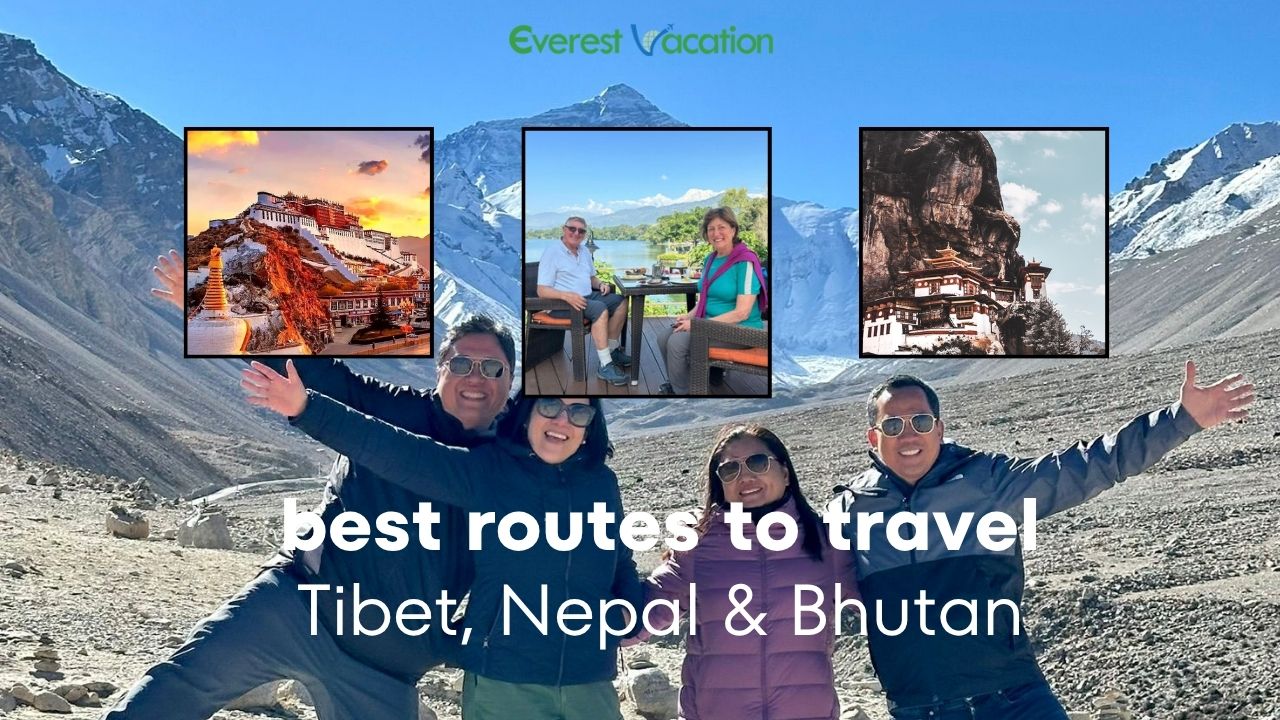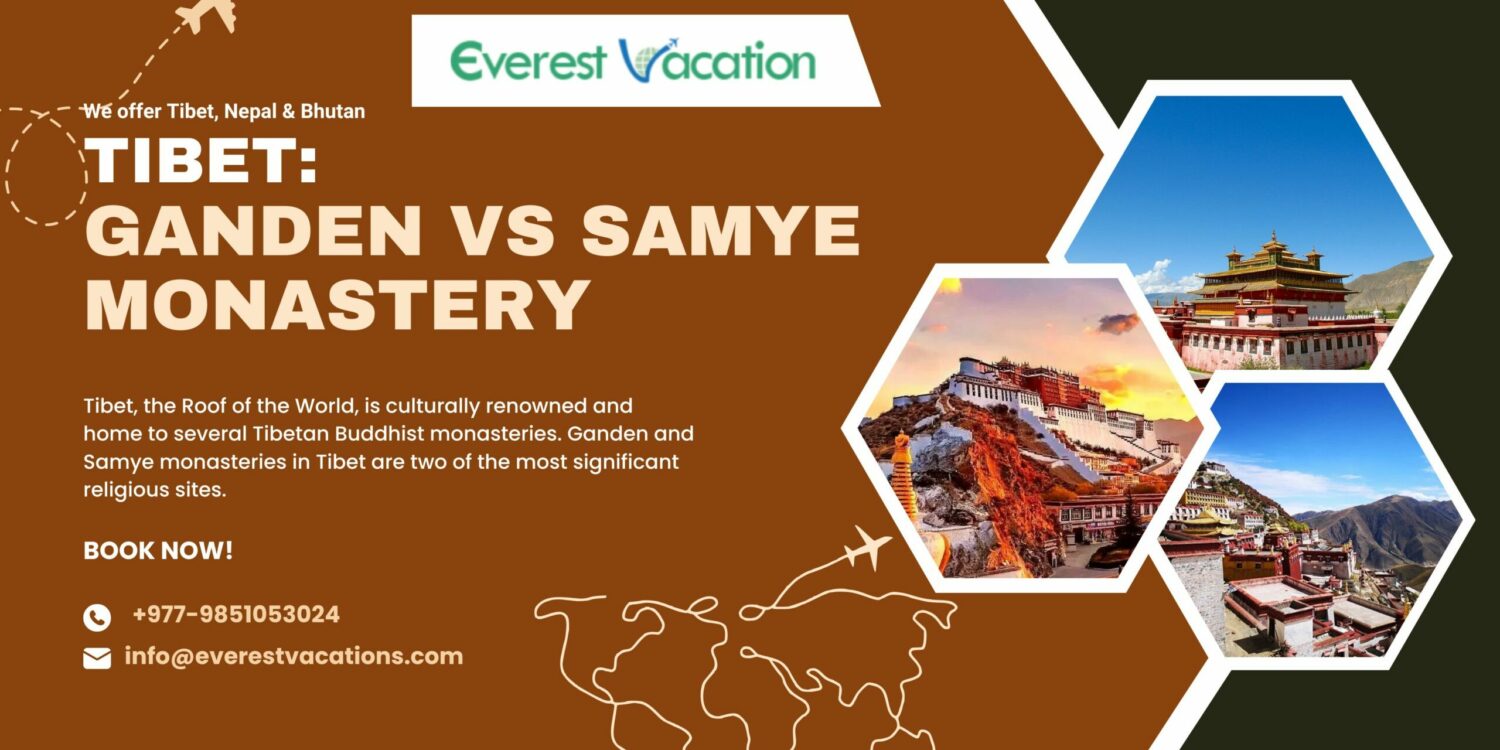The Shoton Festival is also popular as the Sho Dun or Yogurt Festival. It is a significant cultural event celebrated in Tibet, China. With its origins dating back centuries, a vibrant Shoton festival celebration of Tibetan culture brings together people from all walks of life to indulge in a week-long celebration of Tibetan culture, art, and spirituality. In 2024, the Shoton Festival will commence on August 4, captivating visitors with its mesmerizing displays of Tibetan opera, giant thangka paintings, and, of course, delicious yogurts.
Origins and Significance:
The Shoton Festival traces its roots to the 17th century when it emerged as a religious ceremony practiced by Tibetan Buddhists. Traditionally, it was a time when monks would finish their strict retreats and emerge from their monasteries. The word “Shoton” itself means “Yogurt Banquet” in Tibetan. It signifies the offering of yogurt to the monks who had been confined to their monasteries during the summer months. Over time, the festival evolved into a grand occasion for the local community to celebrate, share, and express their devotion to Tibetan culture.
Yogurt Banquet:
At the heart of the Shoton Festival is the Yogurt Banquet, which remains a central focus to this day. The banquet involves offering yogurt and other dairy products to monks and visitors as a symbol of hospitality and goodwill. The yogurt is prepared in large quantities and served in bowls, creating a sea of creamy goodness. Visitors can indulge in a wide variety of yogurts, from plain to flavored ones, while experiencing the warmth and generosity of Tibetan culture.
Tibetan Opera:
One of the most captivating highlights of the Shoton Festival is the performances of traditional Tibetan opera. The festival becomes a stage for talented opera troupes from different regions of Tibet to showcase their artistry. With colorful costumes, elaborate makeup, and soulful performances, Tibetan opera enthralls the audience with its rich cultural narratives and age-old stories. The melodies, dance sequences, and dramatic acting create an enchanting atmosphere that transports spectators to the heart of Tibetan tradition.
Giant Thangka Exhibition:
Another awe-inspiring aspect of the Shoton Festival is the display of giant thangka paintings. Thangkas are intricate and detailed Tibetan Buddhist paintings that depict various deities, spiritual figures, and mandalas. During the festival, enormous thangkas, often measuring several stories high, are unfurled and exhibited for public viewing. These magnificent artworks are hung on the hillsides, providing a stunning visual spectacle and an opportunity for devotees and art enthusiasts to appreciate the unique craftsmanship and religious symbolism.
Picnics and Outdoor Activities:
In addition to the cultural performances and art exhibitions, the Shoton Festival also embraces the joy of outdoor activities. Families and friends gather in parks, scenic spots, and grasslands to enjoy picnics and partake in games and sports. The festival provides an atmosphere of merriment, with people engaging in activities such as horse riding, archery, and traditional Tibetan dances. It offers a rare chance for visitors to immerse themselves in the lively Tibetan way of life and build connections with the local community.
Attend from Kathmandu by overland tour to Lhasa?
Yes, it is possible to attend the Shoton Festival from Kathmandu and travel overland to Lhasa. The overland route from Kathmandu to Lhasa is a popular option for travelers who want to experience the cultural richness of Tibet.
To embark on this journey, you would need to obtain the necessary travel permits and visas, as Tibet has specific requirements for foreign visitors. It is advisable to consult with travel agencies or authorities to ensure you have all the required documentation.
The overland route typically involves traveling by road from Kathmandu to the border town of Zhangmu (also known as Khasa) in Nepal. From there, you would cross the Friendship Bridge and proceed to the Tibetan town of Nyalam. The journey then continues through scenic landscapes, passing through towns like Tingri and Shigatse, before reaching the capital city of Lhasa.
The road trip from Kathmandu to Lhasa offers breathtaking views of the Himalayas, serene Tibetan plateaus, and picturesque valleys. It is a chance to immerse yourself in the natural beauty and cultural heritage of the region. Along the way, stop at monasteries, small towns, and landmarks, gaining insights into Tibetan Buddhism and local traditions.
Attending the Shoton Festival in Lhasa during your overland journey would be a remarkable experience. Witness the grand cultural performances, enjoy the yogurt banquet, and admire the giant thangka paintings, all while being surrounded by the vibrant energy of the festival.
It is worth noting that the availability and conditions of overland travel can vary, so it is advisable to check the latest information, including any travel restrictions or requirements, before planning your trip. Additionally, hiring a reliable guide or joining a tour group can enhance your experience and ensure a smooth journey.
Overall, traveling overland from Kathmandu to Lhasa provides a unique opportunity to combine the thrill of exploration with the festivities of the Shoton Festival, creating memories that will last a lifetime.
Itinerary of Shoton Festival in Tibet from Mainland China and Kathmandu, Nepal
There are two main ways to get to Tibet to attend the Shoton Festival 2023 and are:
- By Flight to Mainland China and Taking Flight (or Qinghai Tibet Railway) to Reach Lhasa, Tibet (You must have Chinese visa and Tibet travel permit before flying to Tibet)
- Day 1: Arrival Lhasa from mainland China; eg: Chengdu or Beijing or Kunming etc.
- Day 2: Lhasa Exploration
- Day 3: Continue exploration of Lhasa
- Day 4: Festival Day
- Day 5: Departure from Lhasa to Chengdu or Beijing or Kunming etc.
- Overland tour to Tibet from Kathmandu, Nepal (You must have a Tibet group visa and Tibet travel permit before driving to Tibet)
- Day 1: Drive from Kathmandu to Gyirung via Rasuwa Gadi
- Day 2: Kerung/Gyirong to Shegar/Rongbuk Monastery (Everest Base Camp)
- Day 3: Rongbuk to Shigatse via Tingri
- Day 4: Shigatse to Lhasa with Gyantse and Yamdruk Lake
- Day 5: Lhasa Exploration
- Day 6: Continue exploration of Lhasa
- Day 7: Festival Day
- Day 8: Depart Lhasa to Chengdu or Beijing or Kunming etc.



